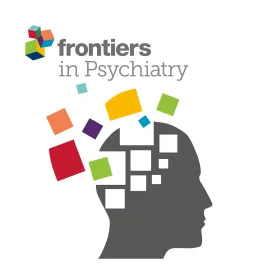Striking a balance: triage and crisis intervention models within the pediatric emergency room
1. Introduction
Upwards of 500,000 pediatric patients visit emergency rooms (ER) annually for psychiatric crises (1), with rates recently increasing (2, 3), necessitating an examination of ER treatment approaches, including triage and crisis interventions. Nurses and pediatricians without specialized psychiatric training often apply a triage approach to such youth’s care (4–8), rapidly admitting or discharging them depending on risks of auto- or hetero-aggression. Alternatively, a crisis intervention model emphasizes diagnosis, immediate treatment and orientation to either inpatient and/or outpatient resources on discharge (9–19). This approach is often multimodal (18), including nurses and social workers experienced in pediatric mental health, thus requiring additional resources compared to triage approaches. The triage (4–8) and crisis intervention (9–16) models have mostly been considered in isolation. When considered in tandem (17–20), there is little elaboration on treatment variables (e.g., alliance, the patient and physician’s emotional responses and time limitations). This article compares the two models and the interplay of these variables with respect to each. A composite case highlights the differences.
Members and SHERPA Teams

Cécile Rousseau
Professor, Division of Social and Transcultural Psychiatry, Université McGill

